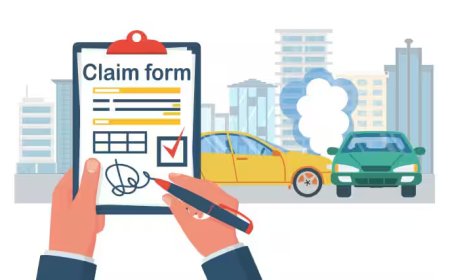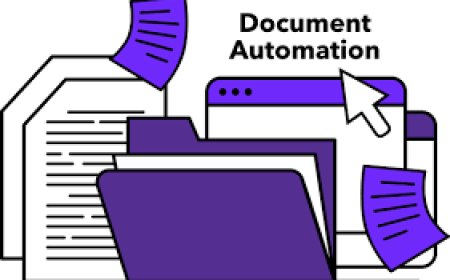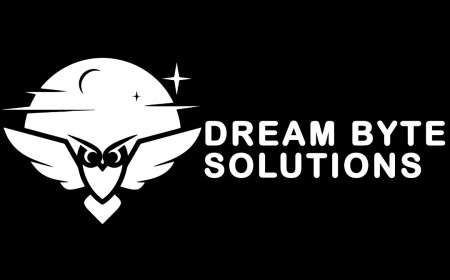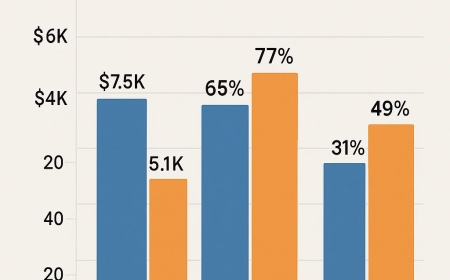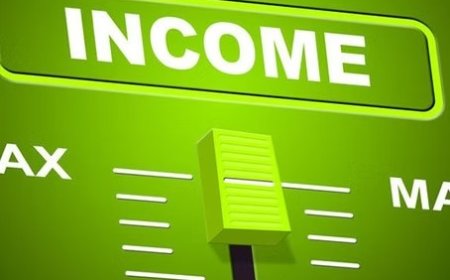Patent Examiner: Role, Responsibilities, and Insights Into the Patent Review Process
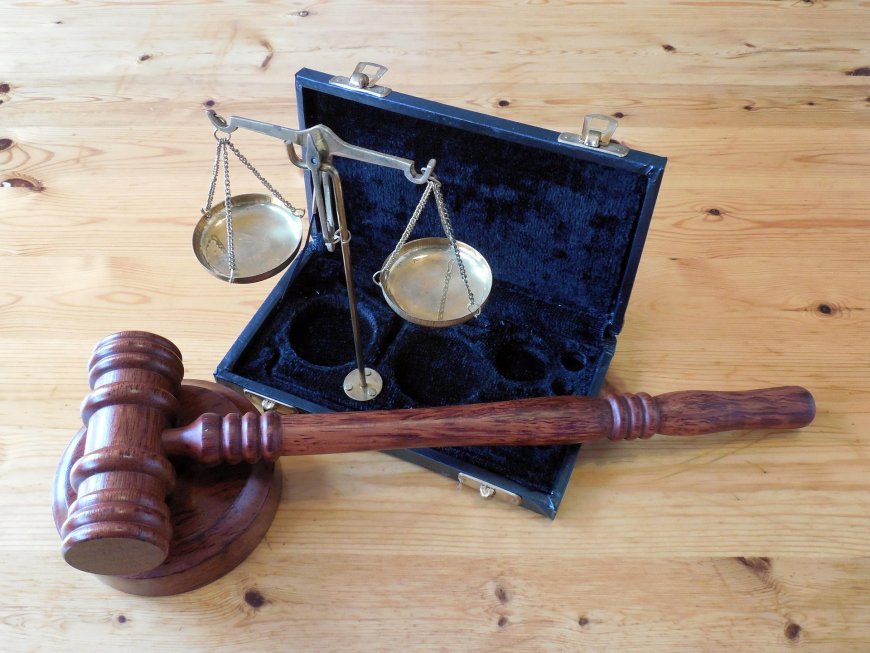
Sure! Here's a 1,200-word article on the topic of "Patent Examiner: Role, Responsibilities, and Insights Into the Patent Review Process" ideal for educational purposes, law firm blogs, IP-focused platforms, or tech entrepreneurship resources.
Patent Examiner: Role, Responsibilities, and Insights Into the Patent Review Process
Innovation is the heartbeat of economic growth, and patents play a crucial role in protecting that innovation. However, before an inventor receives a patent, their application must pass through the hands of a highly specialized individual known as a patent examiner. These professionals operate at the intersection of law, science, and engineering, determining whether inventions meet the legal and technical criteria for patentability.
In this comprehensive guide, well explore the role of a patent examiner, the patent application process from the examiners perspective, what inventors and patent attorneys should know when interacting with examiners, and how these professionals influence the U.S. innovation ecosystem.
What Is a Patent Examiner?
A patent examiner is a federal employee, typically working for the United States Patent and Trademark Office (USPTO), who is responsible for evaluating patent applications to determine whether an invention qualifies for legal protection under U.S. patent law.
Patent examiners are assigned to art units based on specific fields of technology, such as biotechnology, computer science, mechanical engineering, or pharmaceuticals. They apply both legal and technical analysis to determine if an invention meets the criteria set forth in Title 35 of the U.S. Code, primarily focusing on:
-
Novelty ( 102)
-
Non-obviousness ( 103)
-
Utility ( 101)
-
Patentable subject matter ( 101)
-
Enablement and written description ( 112)
Core Responsibilities of a Patent Examiner
Patent examiners follow a structured process to evaluate each application thoroughly. Their main responsibilities include:
1. Reviewing the Application
This includes reading the abstract, claims, detailed description, and drawings. Examiners analyze whether the application clearly and fully discloses the invention.
2. Conducting a Prior Art Search
To determine novelty and non-obviousness, examiners search through existing patents, published applications, scientific journals, and non-patent literature. They use tools like the Patent Application Locating and Monitoring (PALM) system and databases like EAST and WEST.
3. Issuing Office Actions
An office action is an official communication from the USPTO, outlining reasons for rejection or requesting clarification. Most first office actions are rejections, prompting responses from the applicants legal counsel.
4. Corresponding with Applicants
Patent examiners may engage in back-and-forth discussions (known as prosecution) with patent attorneys or agents. This includes reviewing amended claims, holding interviews, and issuing final rejections or allowances.
5. Determining Allowability
If the application meets all criteria after one or more rounds of prosecution, the examiner allows the application to proceed to grant as a U.S. patent.
Key Skills and Background of Patent Examiners
Patent examiners are often engineers or scientists with strong academic and technical backgrounds. Many hold at least a bachelors degree in a technical field, and some possess masters or Ph.D. degrees. In addition to scientific training, they are given comprehensive instruction on patent law and USPTO procedures upon joining the agency.
Skills that distinguish top-performing examiners include:
-
Attention to detail
-
Legal analysis and reasoning
-
Strong written communication
-
Familiarity with evolving technologies
-
Time management and productivity (they have quotas to meet)
Patent examiners are evaluated based on the number of actions completed, quality of decisions, and ability to meet strict timelines.
Understanding the Patent Review Process from the Examiners Side
To better work with or understand a patent examiner, it's helpful to look at the application process from their point of view:
Step 1: Application Assignment
Once an application is filed, it's classified by technology center (TC) and routed to a corresponding art unit. Within that unit, the case is assigned to an examiner based on workload and expertise.
Step 2: Initial Review
The examiner performs a formalities check and ensures compliance with formatting, fees, and basic requirements before diving into technical and legal analysis.
Step 3: Prior Art Search and Substantive Review
Using internal USPTO tools and external literature, the examiner looks for documents that might invalidate the claims due to existing inventions (prior art). If relevant prior art is found, the examiner prepares an office action.
Step 4: Office Actions and Responses
The examiner may reject one or more claims. Common reasons include:
-
Lack of novelty (similar inventions already exist)
-
Obviousness (the invention is a trivial modification of existing technology)
-
Vague or indefinite claim language
-
Insufficient disclosure to enable the invention
The applicant, through their patent attorney, will typically respond with amendments or arguments, initiating patent prosecution.
Step 5: Allowance or Final Rejection
Once the examiner is satisfied that the claims are allowable, a Notice of Allowance is issued. If the examiner maintains a rejection after a final office action, the applicant may appeal to the Patent Trial and Appeal Board (PTAB).
Working Effectively With a Patent Examiner
A successful patent prosecution often depends on how well an applicants legal team works with the assigned examiner.
Tips for Applicants and Attorneys:
-
Be Precise: Well-drafted claims and clear descriptions make the examiners job easier and reduce the likelihood of rejections.
-
Conduct a Pre-Filing Search: Applicants who know the prior art landscape can craft claims more strategically.
-
Request an Examiner Interview: These informal discussions help clarify points of confusion and may expedite allowance.
-
Respond Promptly and Thoroughly: Address all points raised in office actions to avoid delays and second rejections.
-
Build Rapport: Professional and courteous communication can make prosecution smoother, especially when working with the same examiner across multiple applications.
Patent Examiner Challenges and Workload
Patent examiners face a unique set of challenges, including:
-
High Quotas: Examiners must review a set number of applications per two-week pay period, a metric known as a "bi-week."
-
Complex and Evolving Technologies: Especially in fields like AI or biotech, staying current is essential.
-
Applicant Pushback: Attorneys and inventors may aggressively challenge rejections.
-
Legal Precedent: Examiners must stay updated on case law from the PTAB and the Federal Circuit that affects claim interpretation and eligibility.
Career Path and Advancement
The USPTO offers a well-structured career ladder for patent examiners, from GS-5 to GS-15, with promotions based on experience, productivity, and examination quality. Senior examiners may become primary examiners (with authority to sign office actions independently), supervisory patent examiners (SPEs), or even transition into roles at the PTAB or in private practice as patent attorneys or agents.
Why Patent Examiners Matter to Innovation
Patent examiners are gatekeepers of the U.S. innovation system. By determining which inventions are granted exclusive rights, they shape the future of technological advancement and business strategy.
Their decisions:
-
Incentivize innovation by awarding exclusivity
-
Prevent monopolies by rejecting unqualified applications
-
Set precedents that guide future filings
-
Help clarify and interpret areas of law through consistent application
A thorough and balanced examination process ensures that patents go to truly novel and useful inventionspromoting growth, competition, and public benefit.
Final Thoughts
Patent examiners are vital to the functioning of the U.S. patent system. Their work ensures that inventors receive appropriate protection for their innovations while preventing overbroad or unjustified monopolies. Whether you're an entrepreneur filing your first patent or an attorney prosecuting a complex biotech case, understanding the examiners role and perspective is crucial.
By collaborating professionally and strategically with patent examiners, applicants can improve their chances of securing meaningful, enforceable patents that stand the test of legal scrutiny and technological relevance.








&srotate=0)



